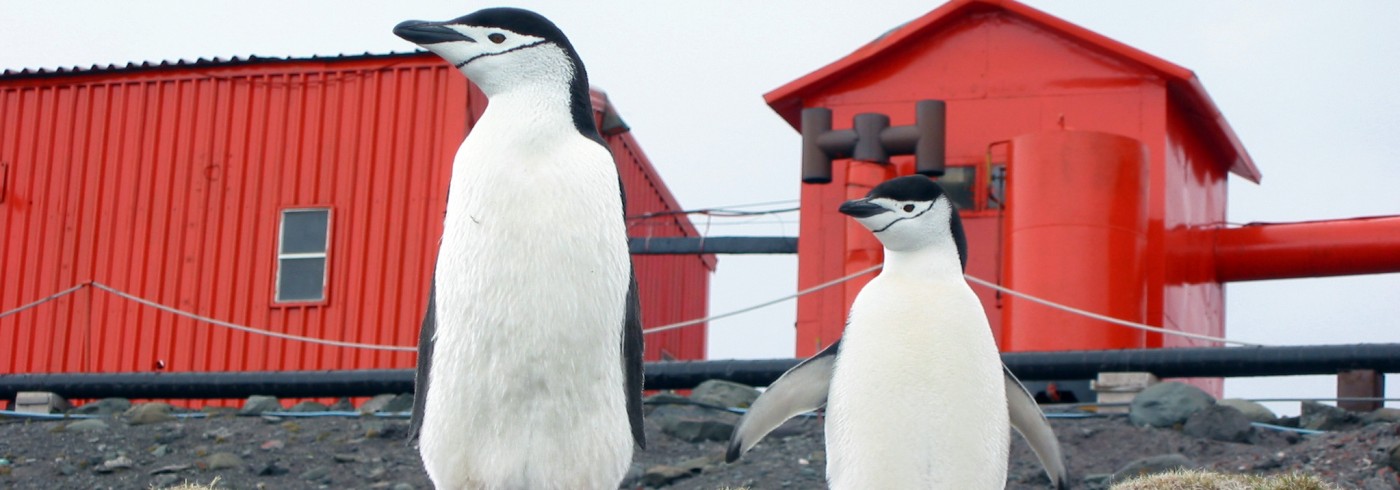How are marine microalgae on King George Island affected by climate change?
24 November 2015 - 15 February 2016
Francesca Pasotti from Ghent University prepares to dive into the ice-cold water. Photo: Anders Torstensson
Climate change is occurring faster in Western Antarctica than in many other places on Earth. The glacier in Potter Cove on King George Island has receded nearly one kilometre over the last 50 years. Glacier melting exposes marine organisms to lower salt levels, increased sedimentation, and altered lighting conditions. The amount of carbon dioxide in the atmosphere is increasing in parallel with the melting of the glaciers. When carbon dioxide dissolves in seawater it forms carbonic acid, which reduces ocean pH, making it more acidic. This process is known as ocean acidification and will affect marine organisms worldwide. As carbon dioxide dissolves more readily in cold water, we are seeing the effects of ocean acidification much sooner in the polar regions than in the rest of the world. As a result, Potter Cove offers a unique opportunity to study the effect of environmental change on biological processes and ecosystems.
Nearly three months were spent at the Argentine Carlini research station at Potter Cove on King George Island, to study how marine microalgae are being affected by climate change. Marine algae account for roughly half of Earth’s oxygen production and serve as the foundation of the polar ocean’s food web. They are consequently considered key components of the Antarctic ecosystem and even small changes that affect the microalgae can have major consequences for the entire ecosystem.

Anders Torstensson scrapes the top few millimetres of sediment to collect bottom-dwelling microalgae (the brown spots on the sediment). Photo: Francesca Pasotti
We have been working mainly on bottom-dwelling microalgae. As icebergs scrape the bottom free of most microalgae along the shore, we had to dive to a depth of five to nine metres to collect the specimens. Experiments were then conducted in a controlled environment to measure the stress tolerance of the algae when subjected to a combination of different environmental factors. For example, fluorometers were used to estimate the photosynthetic efficiency of primary producers, i.e., how much of the available light is being captured and converted into energy. Oxidative stress, pigment composition, and community structures among the microorganisms were also measured to provide an overview of algae tolerance of changes, and to improve our understanding of how these communities can be developed in the future.
The initial results show that the bottom-dwelling microalgae are quite tolerant of environmental changes. Analyses of a large volume of specimens and data must still be performed before the complete results can be presented. The specimens recently arrived in Germany by ship, and we are anxiously awaiting their arrival in Sweden for analysis.



